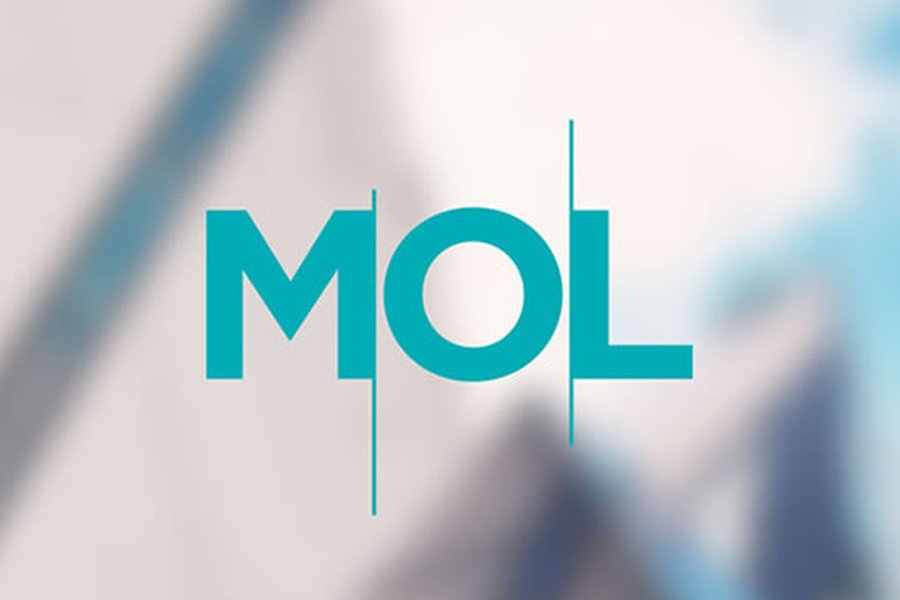Personalisation: The Holy Grail for Communicators
Thu 06 Mar 2014
Blog Author
Paul Rogers
Product Director
It matters not what industry you work in, nor how you’ve traditionally reached your target audience or conducted professional relationships. The fact is this – social networking has changed the way we communicate. The likes of Facebook, Twitter, LinkedIn and even the old faithful email medium continue to shape the way we use language in irreversible ways.
And, whilst there are many means of ensuring you continue to develop your reputation and visibility as a PR practitioner, getting the greatest return on your public relations campaigns and marketing endeavours can today be vastly affected by the way you communicate your organisational personality using those media. Differentiation is everything.
It’s about establishing a personalised version of a brand identity, which essentially means developing a language and a presence that sells you to your target audience in a way that reflects their needs and, crucially, that represents your individuality. This may seem implausible in the microcosmic languages of social media, but that isn’t necessarily so. Here are a few handy hints.
- If your organisation needs multiple Twitter accounts for its various divisions or localities, unify them with a clear identity but also make sure they have some individuality and personality. They’re the same, but different, e.g. @surreywizards, @londonwizards, @glasgowwizards, etc. Your followers know they’re communicating with the same brand, but they’re also given some personality through the key differentiators.
- Facebook is a relaxed, friendly and off-the-cuff medium. So don’t be too ‘corporate’. Give each division or locality a human face rather than (or as well as) a logo. Have some guidelines to the language that reflects your brand values, but allow a little looseness and individuality too. Facebook users want to read status updates from real, live people, not from faceless corporate machines.
- When global leadership expert Ronald C. Stern posts on LinkedIn, he signs-off with his own, unique, personalised strap-line, ‘HUMANIZE LEADERSHIP’, which links to his LinkedIn group of the same name. Here’s someone who champions personalisation showing us a really great example of it in action.
- Email has long been a great space to put across a consistent, ‘on-brand’ personality. Remember a few key facts – it’s not the same as a letter, a bulletin or a piece of marketing collateral and so the language can be looser and more ‘you’. That doesn’t mean filling it with emoticons, swear words and extreme punctuation (?!!?!?!?!!!), but it does mean that maybe you can attach a quote from someone you admire or a photo at the footer of your emails. If you change the quote regularly, people even start to look forward to them.
As you can see, personalisation isn’t an exact science and that’s one of the best things about it – it’s loose and open to your own ingenuity and ideas. And it goes much further than the examples above. Don’t feel limited by your ideas of what ‘personalisation’ means, even – it can be as abstract as you want it to be.
Imagine, for example, that you’re using text messaging to promote a customer retention event. You say, “Hi Sofia – you have VIP entry to our event at The Triangle on 20th June. Just text ‘TRIANGLE PARTY’ to 26773.” Here, you transfer the personalised element from a mode of identifying yourself to the mode of access to the event. It’s no longer something that makes you ‘you’. It’s something that makes the customer unique and special.
The most creative communicators will always find a way to personalise their communications. Find what works for you and start using it today.



